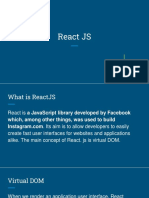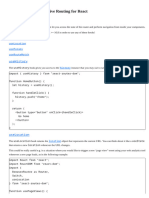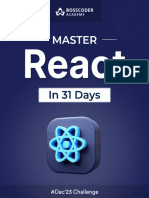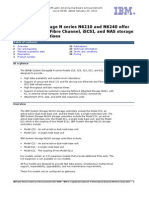0% found this document useful (0 votes)
130 views42 pagesReact Js Guide
The document introduces an upcoming React.js course designed to take learners from beginner to production-ready, covering essential concepts, state management, testing, and advanced practices. It emphasizes the importance of JavaScript knowledge as a prerequisite and outlines a comprehensive roadmap for mastering React, including components, hooks, and project ideas. Additionally, it encourages feedback and offers a special discount for early sign-ups.
Uploaded by
omarboudaden52Copyright
© © All Rights Reserved
We take content rights seriously. If you suspect this is your content, claim it here.
Available Formats
Download as PDF, TXT or read online on Scribd
0% found this document useful (0 votes)
130 views42 pagesReact Js Guide
The document introduces an upcoming React.js course designed to take learners from beginner to production-ready, covering essential concepts, state management, testing, and advanced practices. It emphasizes the importance of JavaScript knowledge as a prerequisite and outlines a comprehensive roadmap for mastering React, including components, hooks, and project ideas. Additionally, it encourages feedback and offers a special discount for early sign-ups.
Uploaded by
omarboudaden52Copyright
© © All Rights Reserved
We take content rights seriously. If you suspect this is your content, claim it here.
Available Formats
Download as PDF, TXT or read online on Scribd
/ 42

























































































